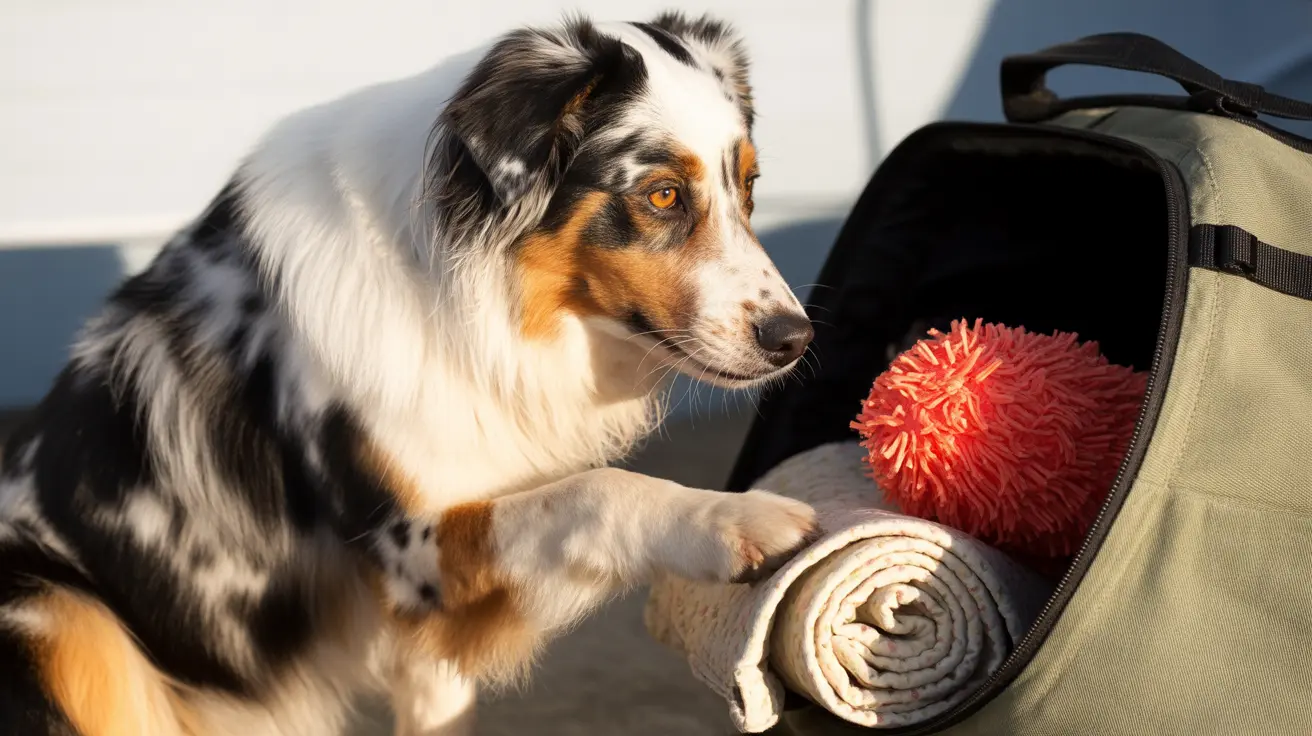What Prevents Flea Eggs from Hatching: A Complete Guide
Fleas pose a persistent threat to both pets and humans, not only because of their ability to jump and feed on blood but also due to their complex life cycle and the difficulty of eradicating each stage. Among the various phases of the flea life cycle, the egg stage is particularly challenging to manage, as the eggs are nearly invisible, easily spread through the environment, and capable of developing into full infestations. Understanding what keeps flea eggs from hatching is essential in any effective flea control strategy.
Understanding the Flea Life Cycle
Before we dive into what prevents flea eggs from hatching, let’s discuss the stages of a flea’s development:
- Egg: Laid by adult fleas on the host and quickly fall into the environment.
- Larva: Emerges from the egg and survives by consuming organic debris and flea dirt.
- Pupa: Encased in a cocoon, can remain dormant for extended periods.
- Adult: Emerges when stimulated by heat or vibrations, then searches for a host to feed.
Flea eggs are laid on pets but fall off into areas where the animal spends time, such as carpets, furniture, and bedding. These eggs generally hatch in 2 to 14 days, depending on environmental factors.
Optimal Conditions for Flea Egg Hatching
Flea eggs require very specific conditions to hatch:
- Temperature: Warm environments (around 70–85°F) enhance egg development.
- Humidity: High humidity levels (50–70%) are crucial for optimal hatching.
- Shelter: Flea eggs prefer dark, protected spots like carpet fibers or floor cracks.
When these conditions are altered, hatching can be delayed or prevented entirely.
Environmental Disruptors That Prevent Hatching
There are several ways to interfere with the hatching of flea eggs by disrupting their environment:
- Lowering humidity: Dry air dehydrates flea eggs, making it harder for them to survive.
- Reducing temperature: Cooler homes slow down or halt egg development.
- Sunlight and brightness: Fleas and their eggs avoid light, so well-lit environments inhibit reproduction.
Cleaning and Hygiene Methods to Eliminate Eggs
Cleaning is vital in removing and preventing flea eggs from hatching. Implement the following techniques:
- Vacuuming: Use high-suction vacuums on carpets, furniture, and cracks. Dispose of bags immediately.
- Hot water washing: Wash pet bedding and household fabrics at over 95°F (35°C) and dry on high heat.
- Steam cleaning: The combination of heat and pressure eradicates eggs nestled deep in fabrics and floors.
- Mopping: Regularly mop hard floors, especially under furniture where flea eggs may accumulate.
These methods not only remove eggs but also create unfavorable conditions for hatching.
Insect Growth Regulators (IGRs)
IGRs are chemical compounds that replicate insect hormones. They disrupt the flea life cycle by hindering egg and larval development. Common examples include:
These are found in environmental sprays and some pet medications. They work by inhibiting the maturation of flea eggs, preventing them from hatching or developing into larvae.
Pet Treatment Strategies
While environmental treatment is crucial, treating pets directly ensures that flea eggs don’t even get a chance to fall into the environment. Use the following:
- Veterinary-recommended flea preventives: Topical, oral, or collar-formulated medications can include adulticides and IGRs.
- Flea shampoos: Useful for killing adult fleas but provide limited lasting protection.
- Flea combs: Physically remove fleas, eggs, and dirt. Comb should be cleaned in soapy water after each stroke.
Outdoor Prevention Tactics
Keeping the yard flea-free minimizes reinfestation:
- Mow the lawn regularly.
- Avoid moisture and overgrown vegetation.
- Restrict access to wildlife like raccoons which carry fleas.
- Use IGR-based outdoor sprays in shady, pet-frequented areas.
Natural Alternatives to Consider
Though not a replacement for conventional methods, some natural options can support flea control:
- Diatomaceous earth: Dehydrates fleas and eggs; keep away from pet eyes and noses.
- Essential oils (e.g., cedarwood, neem): May repel fleas but must be used cautiously to avoid pet toxicity.
- Vinegar and coconut oil: Effective repellents but do not kill flea eggs.
- Fine salt: May dehydrate eggs in carpets; beware of skin irritation to pets.
Conclusion
Preventing flea eggs from hatching requires a multifaceted approach that combines environmental control, effective cleaning, targeted chemical treatments (like IGRs), and proactive pet care. It is essential to maintain these efforts consistently for at least several weeks, as flea eggs and pupae can remain dormant and reignite infestations if not eliminated.
Key Reminders:
- Flea eggs need warm, humid, and dark conditions to hatch.
- Disrupting these factors can stop the reproduction cycle.
- Using IGRs effectively halts the development of eggs and larvae.
- Regular pet treatment and home cleaning is essential for long-term success.
By breaking the flea life cycle at the egg stage, long-term infestations can be avoided, ensuring your pet and home stay flea-free.





